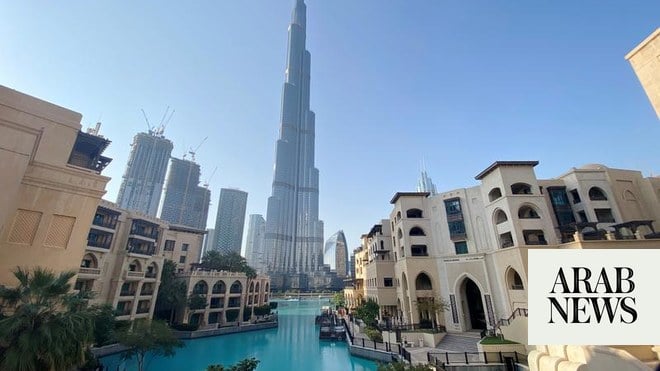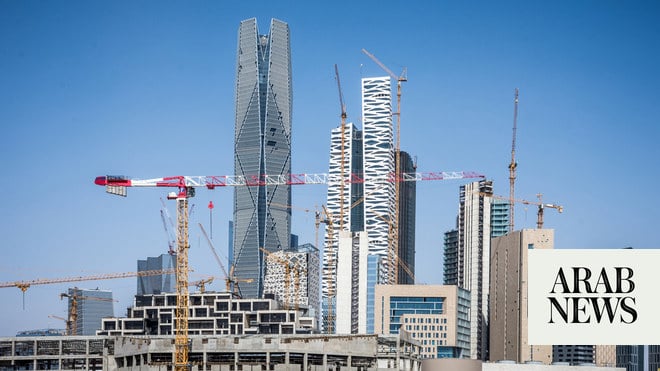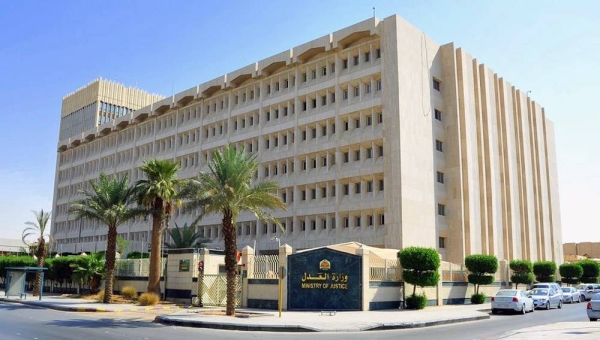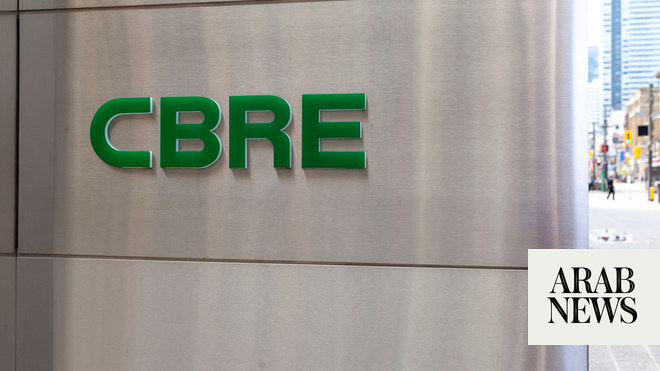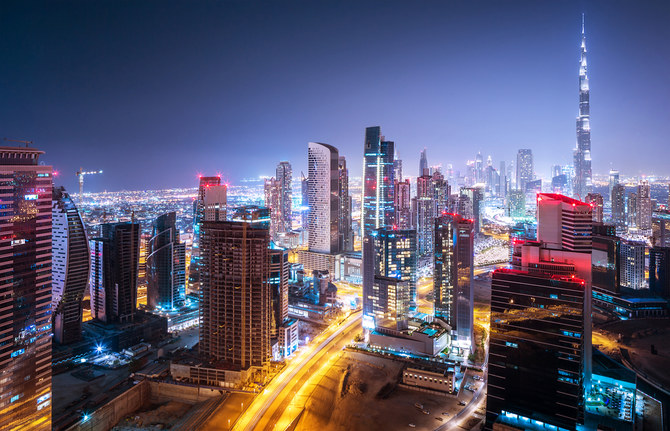
RIYADH: Dubai’s real estate market experienced robust growth in 2023, reaching an all-time high with residential transactions totaling 118,993 units, a report from CBRE revealed.
The report highlighted a 29.6 percent year-on-year increase in deal volumes, driven by growth in both the off-plan market and secondary deals.
Off-plan residential properties are purchased before construction, while the secondary market involves resale properties, existing homes, and established housing areas.
“The UAE’s residential market ended the year on a strong note, where the elevated levels of demand continue to drive performance,” said Taimur Khan, head of research at CBRE.
He added that the robust levels of activity and high absorption rates, which have reduced available supply, will “continue to support price growth in both Abu Dhabi and Dubai in the year ahead.”
The report highlighted a 20.1 percent increase in average apartment prices in Dubai, and a 19.8 percent and 21.8 percent rise in apartment and villa prices, respectively, in the year to December 2023.
CBRE also noted a moderation in rental rates in Dubai in 2023, despite sustained high demand.
“The rate of rental growth has softened throughout the year, where in the year to December 2023, average residential rents in Dubai increased by 18.9 percent, down from the 19.2 percent growth registered in November 2023,” stated the CBRE report.
The real estate consultancy firm added that Abu Dhabi also witnessed robust growth in residential transactions in the previous year.
The capital city recorded a 77.8 percent surge in the total volume of residential transactions in 2023, reaching 11,235 compared to the previous year.
This surge was propelled by a 104 percent growth in off-plan market sales and a 27.7 percent increase in secondary deals.
The report noted a 2 percent increase in average apartment rents in Abu Dhabi, while villa rents saw a marginal rise of 0.8 percent in the year to the fourth quarter of 2023.
CBRE projects that the average annual rents for apartments and villas in Abu Dhabi will be 64,996 dirhams ($17,695) and 163,098 dirhams, respectively, by the end of 2024.
“In terms of rental growth, we expect that rental rates in Abu Dhabi will continue to rise, with prime areas set to outperform the market. In Dubai, we expect that rental growth will continue to moderate, however, still remain positive in 2024,” added Khan.
On the supply side, a total of 39,190 residential units were estimated to have been delivered in Dubai in 2023, with 34.4 percent of this supply located in Meydan One, Downtown Dubai, and Business Bay.
An additional 68,880 units are expected to be handed over in 2024.
On the other hand, a total of 2,961 units were delivered in Abu Dhabi in 2023, with 59.4 percent of them being handed over in Shams Abu Dhabi and Najmat Abu Dhabi.
In 2024, CBRE added that an additional 4,438 units are anticipated to be completed in Abu Dhabi, with 69.1 percent of this new stock expected to be delivered in Yas Island and Al Maryah Island.
In a separate report, UK real estate services firm Savills noted that the industrial and logistics sector in Dubai stood out as one of the most resilient real estate asset classes in the city. The market remained robust in 2023 due to the expansion of the non-oil sector.
Savills added that in 2023, there continued to be a shortage of good-quality assets, especially larger facilities exceeding 10,000 sq. m., as occupiers expanded their warehouse footprint.
The report highlighted a particularly strong demand for built-to-suit warehousing space from companies, reflecting their strategic planning for future expansions and investments in modern warehouse facilities.
“Companies from the FMCG (fast moving consumer goods), 3PL (third party logistics), retail, and e-commerce sectors were the most active occupiers in 2023,” said Michael Fenton, director of industrial and logistics and Savills Middle East.
He added: “Along with existing occupiers, we saw strong inquiry levels and transactions from new entrants to the market, particularly from the Asia Pacific region, which included the manufacturing sector, as opportunities arose to produce and source locally.”





